|
The first check box in my personal definition of a magical girl says the following: "The piece of media must be about a girl, or a group of girls, who use magic or advanced technology so far out of the realm of reality it mimics magic to overcome their problems, go on adventures, and/or defeat evil."The reason I include technology is because there are several series that explicitly don't use magic as defined by the narrative - they use science. Show's like Cutie Honey, Corrector Yui, Vividred Operation are all undeniably Magical Girl shows- by peer consensus, their respective marketing, and the framing of their tropes within their narratives. But what's a magical girl show without magic? Well, exactly like a magical girl show with magic. Corrector Yui (1999)
0 Comments
I love creating arbitrary means of sorting things, so let's create an arbitrary Taxonomy for Magical Girl Transformation sequences! Basic Henshin AnatomyLet's talk about what a henshin is before I try to create some distinctions between them.
A Henshin, or a Transformation, is pretty straightforward it's the act of changing. Within the genre it's a term used to describe the sequence of changing from a civilian form into a hero form. Henshin Hero is it's own genre of media popularized and coined in Japan and Magical Girl falls under that main genre header. For this write up Henshin / Transformation will be used interchangeably and it's important to note that within the genre it's specifically talking about the character's appearance. Cardcaptor Sakura? No henshin. She has an attack sequence when using her wand, which is a different but similarly common trope. All henshins have one thing in common: the before and the after. This is the one unifying portion of anatomy all transformations share. What I'm aiming to do here is make further distinctions within the broader category based on specific elements within transformation sequences. Other components are fairly interchangeable. While browsing the r/MagicalGirls SubReddit the other day I came across an interesting thread. ."..if there's any consistent difference between the sort of tropes, motifs, and themes found in Japanese "magical girl" stories (i.e. Sailor Moon, Tokyo Mew Mew, Pretty Cure), and those of Western origin (W.I.T.C.H., Winx Club, Star Vs. The Forces of Evil). If there is, I'd be interested to know." For over a decade I have been fascinated by the cultural exchange of the Magical Girl genre. Starting at it's Majokko genre roots in the U.S. sitcom Bewitched, and continuing through to the modern day with the generation that grew up on Anime currently creating shows like Star Vs. the Forces of Evil and Steven Universe. Part of the reason I adore the genre is because of the global evolution around it; it truly is a melting pot of ideas and cultural relevance. The term Mahou Shoujo may have been coined by marketing professionals in Japan, but like isekai the genre itself has been a global experience since it's inception.
So while differences exist, they aren't as obvious as you'd think. What it comes down to primarily is trends and frequency and cultural nuances. I did take the time to reply, the response I gave on the reddit post wasn't as deep or as detailed as I'd would have liked it to be. The next Magical Girl list I'd like to build and keep track of is Latinx and Hispanic magical girls! Being Puerto Rican myself, I always get a little excited seeing latinx girls showcased.
This will have some overlap with the black & brown magical girl list, but is intended to specifically highlight girls who are culturally and ethnically Latinx and/or Hispanic. As always these lists are intended to be living documents and can be expanded upon. If you believe I've forgotten a character please reach out! I may not know of them or have just forgotten them. Thank you all for reading! I used to be questioned a lot on my sources for my 'Fight like a Girl' panel, so I added a slide at the end with my primary sources, but my research usually goes further than that. While I do prioritize the voices of Japanese women I don't limit myself to them because they are not the only group of people impacted by the genre. The genre of magical girl has existed in the west as long as it has in Japan and what's 'good' vs. what's 'bad' is reflected primarily through the lens of the culture that consumes them.
This being said, here's a list of some of the sources I use along with others people may find interesting. This list is primarily focused on on peer reviewed or cited work, research papers, and interview pieces with either experts in their respective fields or have insider information due to working within the industry. When you become a Magical Girl you're often instantly gifted with enhanced physical prowess. You can run further, jump higher, punch harder. In Precure, it's even become a first episode trope that the girls are amazed by their new abilities to the point of comedic worry. The idea of magic granting enhanced physical performance is the core reasoning behind the joke in Magical Girl Ore.
If these enhanced physical traits aren't granted sometimes the characters are already predisposed to it. Cutie Honey and Miracle Limit-Chan are robots and there is no shortage of girls born as witches or magical princesses. The reasoning as to why Magical Girls can do what they do usually ends at that, explained away in a mythos of magic. It makes sense! There's nothing wrong with that, there isn't need for anything further, but it's intriguing when the narrative delves deeper and connects real world talent with Magical Girl performance. In Sailor Moon, Makoto's real life fighting talents translate flawlessly in Sailor Jupiter's combat style and Rei's shrine maiden influences gives her an extra edge as Sailor Mars. Several Precure series sometimes have training episodes dedicated to the girls improving their Magical Girl abilities in their civilian lives. But my personal favorite example of this underused idea is Kamikaze Kaitou Jeanne. I've done a list of Western Magical Girl shows but outside of anime in Japan there's a number of Magical Girl shows from Korea and China. So here's a brief list!
Just like my Western show list I am only including animated series and no live action, comic books, or any other type of media. This is by no means a complete list and I'm finding more to add frequently. . If you see one missing, let me know! She's a blond princess who doesn't know she's the princess of a lost magical kingdom. She's being raised on Earth with a new family with no knowledge of a former, more magical life. Suddenly, on her 13th birthday she finds out she has a magical destiny to defeat the evil force that destroyed her home world. She's granted magical powers, a cool animal friend, and some friends to help her fight. Sailor Moon? Nope, Amethyst Princess of Gemworld DC Amethyst, Princess of Gemworld (1985) | Paris Cullins
I already have a list of black + brown magical girls (basically anyone who isn't light skinned) but I want to highlight people telling their own stories. Black Magical Girls created by Black creators should be emphasized - it's important to elevate voices coming from the culture represented.
So without further delay, below the cut is a list of black creators creating magical girl content: What's a Magical Girl without the magic?
Cutie Honey? Vividred Operation? Yes! But also Saint Tail. The definition I use to define the shows I watch and talk about stipulates that advanced technology is perfectly at home in magical girl shows- so long as the tech used is so far out of the realm of reality it mimics magic. Meaning shows like Cutie Honey and Miracle Shoujo Limit-chan are secure in their rolls as magical girls. But what happens when a magical girl doesn't have any actual magic? |
Categories |
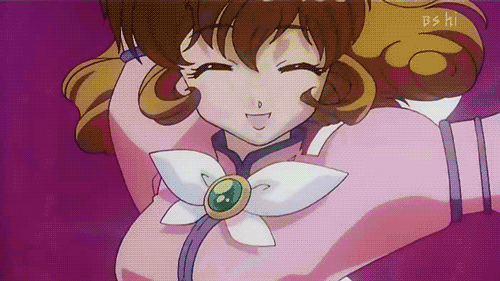
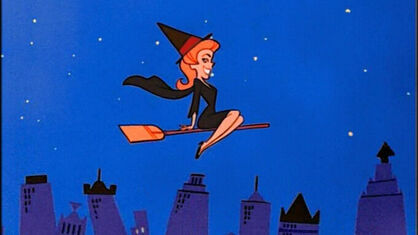
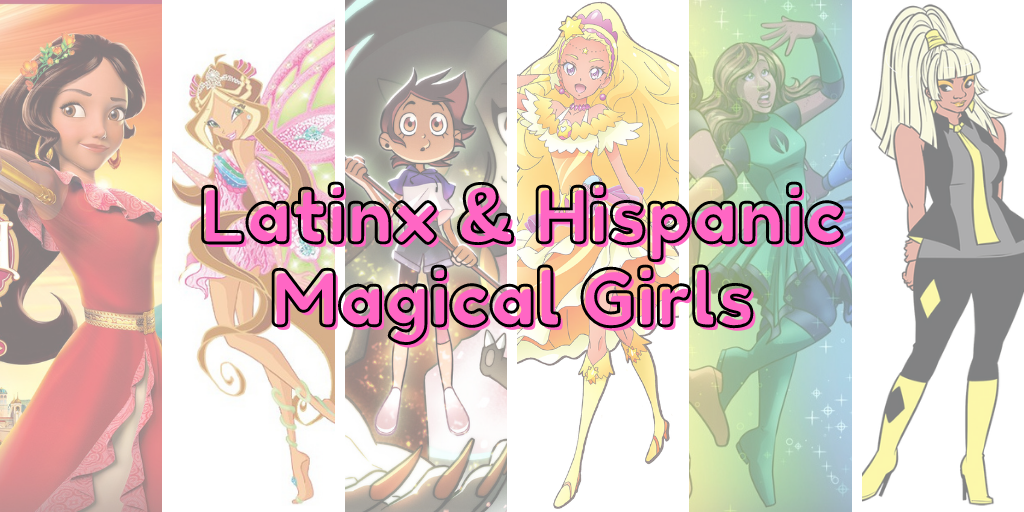
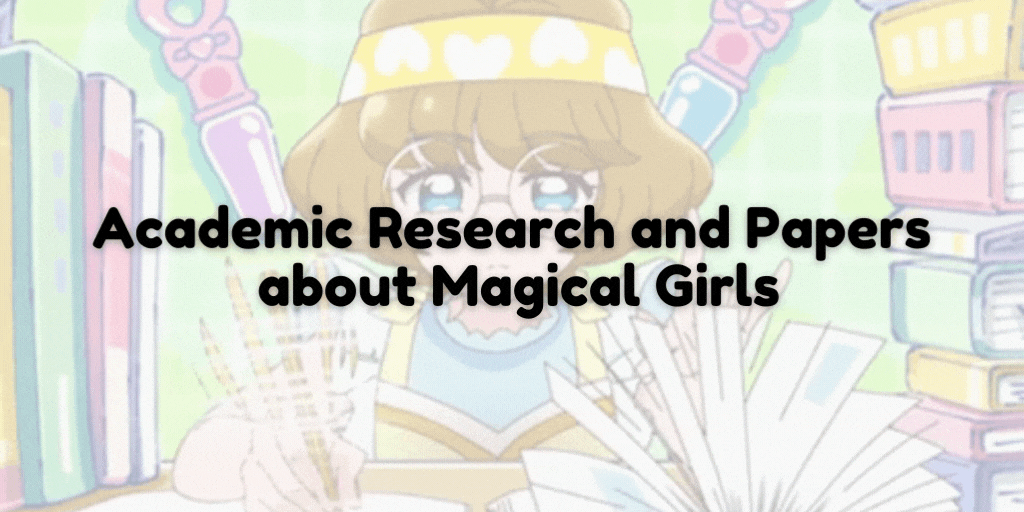
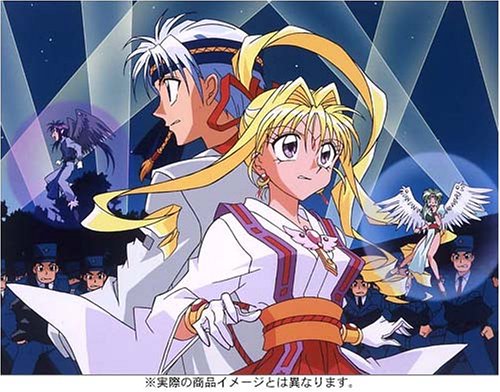
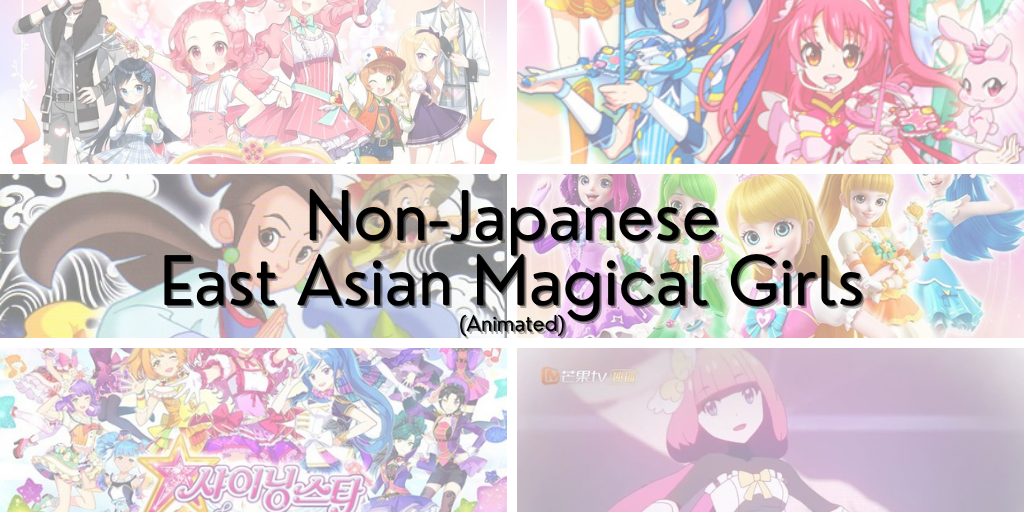
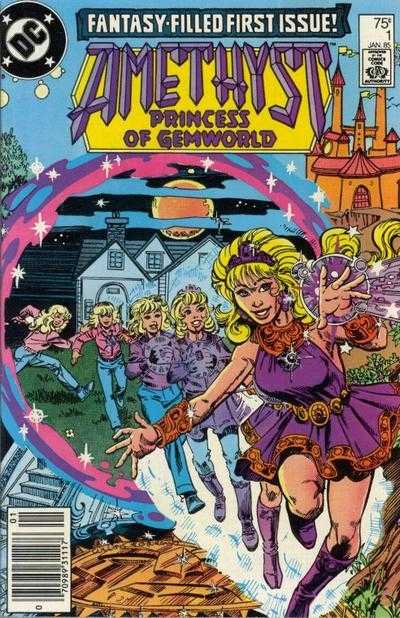
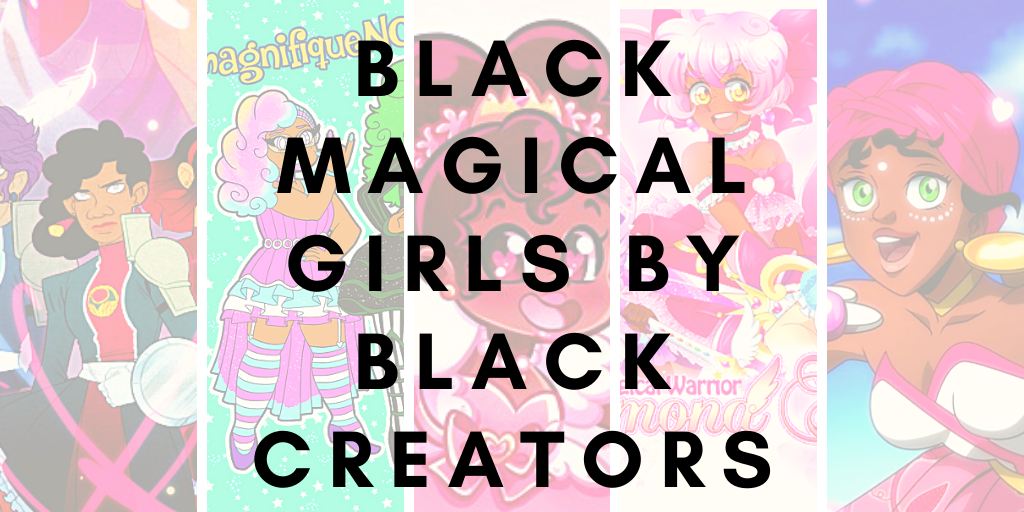
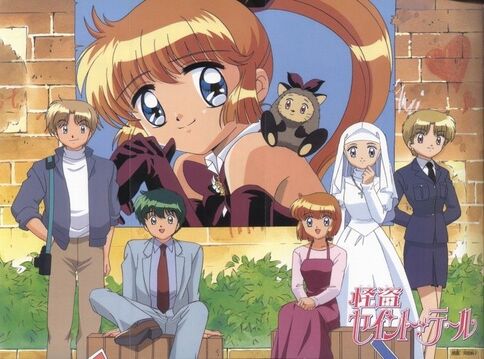
 RSS Feed
RSS Feed
